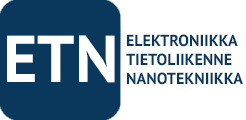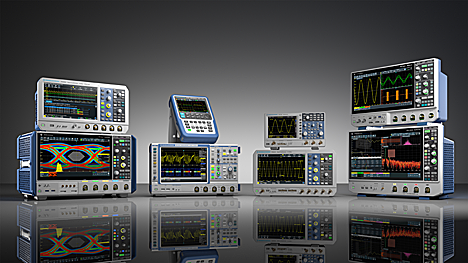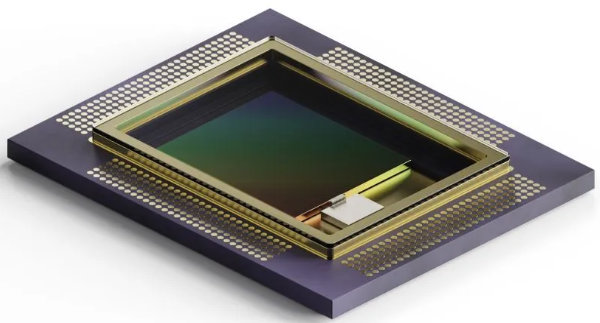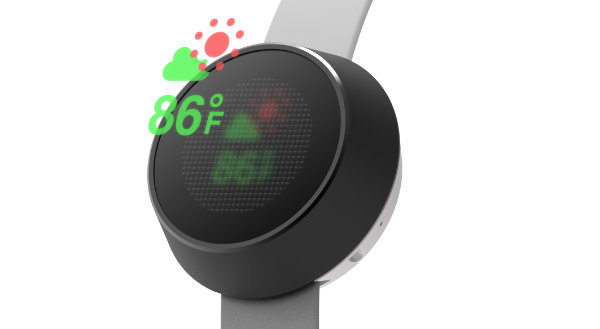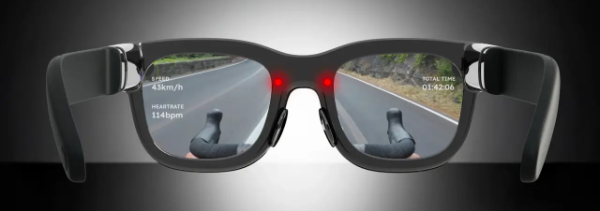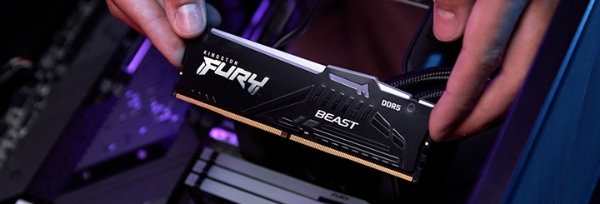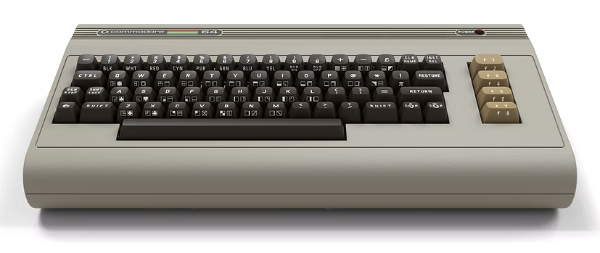![]() Rohde & Schwarz laajentaa tuotevalikoimaansa MXO 4 -sarjan oskilloskoopeilla, jotka yhtiön mukaan ovat kerran vuosikymmenessä tapahtuva tekninen läpimurto. Ne tarjoavat alan johtavaa laitteistosuorituskykyä, joka oli aiemmin saatavilla vain tehokkaammille instrumenteille. Tarkoituksena on antaa insinööreille nopeampi näkymä omaan suunnitteluun ja tarjota alan johtavia tuotteita markkinoille tehokkaasti ja nopeasti.
Rohde & Schwarz laajentaa tuotevalikoimaansa MXO 4 -sarjan oskilloskoopeilla, jotka yhtiön mukaan ovat kerran vuosikymmenessä tapahtuva tekninen läpimurto. Ne tarjoavat alan johtavaa laitteistosuorituskykyä, joka oli aiemmin saatavilla vain tehokkaammille instrumenteille. Tarkoituksena on antaa insinööreille nopeampi näkymä omaan suunnitteluun ja tarjota alan johtavia tuotteita markkinoille tehokkaasti ja nopeasti.
|
Artikkelin on kirjoittanut Jithu Abraham, joka toimii oskiloskooppien tuotepäällikkönä Rohde & Schwarzilla. |
Rohde & Schwarz is extending its portfolio with the R&S MXO 4 series oscilloscopes, which are a once-in-a-decade engineering breakthrough. They deliver industry leading hardware performance previously only available to higher performance instruments and blend in superior software functionality and value. All this to give engineers accelerated insight into their electronic designs to provide industry-leading products to the market efficiently and quickly.

Oscilloscopes play a key testing role in electronic labs. While Rohde & Schwarz has more than 85 years of experience with high-quality instruments equipping test labs, it wasn’t until 2010 that the company expanded their test and measurement product range with their first digital oscilloscope, the R&S RTO1000. With subsequent additional introductions of oscilloscope instruments, probing, and applications, the company now offers the newest portfolio ranging from 70 MHz to 16 GHz bandwidth. As a privately-owned company, Rohde & Schwarz has more flexibility in making long-term deep technology investments that have resulted in a number of technology milestones (see box) on the journey to become a major player in the oscilloscope market. Today, users can choose from many different models and configuration options from the Rohde & Schwarz oscilloscope portfolio, from entry-level instruments for educational applications to handheld and high-end lab oscilloscopes.
Much of the innovation was exclusive to the higher-performance class of instruments. However, now Rohde & Schwarz adds a completely new oscilloscope series to its portfolio, the R&S MXO 4 series, which brings all the performance from its upper class to the mid-range and even delivers a number of industry firsts. The new R&S MXO 4 series oscilloscopes come in four channel models, offering bandwidth of 200 MHz up to 1.5 GHz. It is the first of a new generation of instruments that excel in both performance and value delivering a once-in-a decade engineering breakthrough for accelerated insight. What are the benefits?
Instant view of signal details
The new R&S MXO 4 oscilloscope features the world’s fastest real-time update rate exceeding 4.5 million waveforms per second, showing more of a signal’s activity than any other oscilloscope. A high update rate increases the likelihood of detecting and displaying signal faults and including them in the overall analysis (see Fig 1). This not only enables development teams to see and isolate infrequent events more quickly, but get a better understanding of their designs and ultimately shorten testing times.
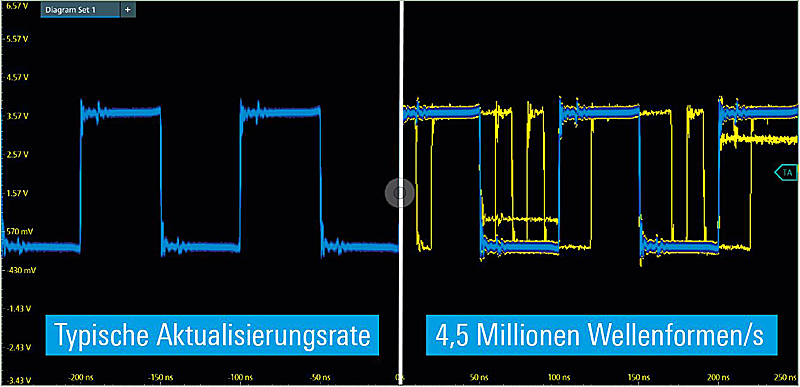
Fig 1: R&S MXO 4 oscilloscope feature an update rate exceeding 4.5 million waveforms/s to discover even infrequent events.
This feature, which is unparalleled in the industry, was made possible with a unique 200 Gbps processing ASIC (MXO-EP, see Fig 2), one of several new technology blocks developed by Rohde & Schwarz engineers and implemented in the R&S MXO 4 Series for the first time.
High update rate, however, would be of no use, if the overall instrument was sluggish and unresponsive. The R&S MXO 4 maintains a fast update rate even when complex functions are active such as automated measurements, spectrum analysis or deep memory acquisitions. The custom ASIC based signal processing ensures smooth workflows.
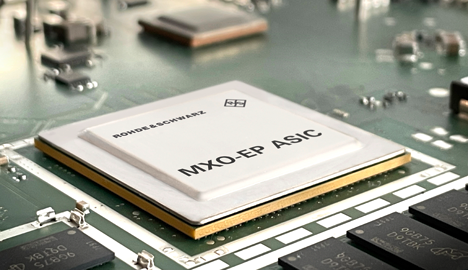
Fig 2: Rohde & Schwarz incorporated its own 200 Gbps processing ASIC into the new R&S MXO 4
Lower measurement noise and highest vertical resolution
All R&S MXO 4 series oscilloscopes incorporate a 12-bit ADC that operates across all sample rates without any tradeoffs. This is a 16x improvement over a traditional 8-bit ADC architecture. Going further, the HD mode implemented in hardware for speed, achieves up to 18-bit vertical resolution which allows users to see more signal details that would otherwise be masked by noise (Fig. 3). In addition, the R&S MXO 4 offers the lowest noise of just 22 µV AC (RMS) at 1 mV/div.

Fig 3: Thanks to 18-bit vertical resolution users see sharper waveforms with more signal details that would otherwise be masked by noise.
The new oscilloscope offers an outstanding sensitivity down to 500 µV/div without any unexpected reduction in bandwidth. It offers the largest offset range, +/- 5V with a 500uV/div scaling on 50 Ohm path without any special probes, in its class to enable users to easily place the signal at the center of the screen. These attributes enable users to see DC and other signals with more precision than with any other oscilloscope in the market.
Capture more with the deepest standard memory
Besides bandwidth and sample rate, memory depth is the most important attribute that determines an oscilloscope’s ability to handle a large range of troubleshooting tasks. More acquisition memory gives oscilloscopes the ability to capture more time and retain rated bandwidth information with slower time base settings. With a standard acquisition memory of 400 Mpts on all four channels simultaneously, the R&S MXO 4 Series offers up to 100 times the standard memory of the primary competition. The additional memory also provides extra measurement capability when needed.
The R&S MXO 4 oscilloscope additionally offers segmented memory as standard to efficiently capture signals of interest and ignore the times of inactivity. Examples include laser pulses, streams of serial bus activity and RF pulses. With History mode available all the time, users can dial back to see previously captured acquisitions or segments. For customers interested in analyzing power up/down behavior or analyzing larger time intervals an optional memory extension turns on 800 Mpts across two channels.
High-precision digital trigger
Triggering enables reliably capturing and displaying signals of interest. Nearly all scopes in the market have analog technology. The measured signal is split into two paths, one for viewing the signal, and a separate for triggering. The analog approach doesn’t allow users to trigger on small signal changes, and applying filters to the trigger signal are limited. Rohde & Schwarz made triggering digital with a single signal path that encompasses both trigger and signal visualization. Digital triggering proved to be significantly more precise and sensitive than analog triggering. It offers new possibilities for triggering on extremely fine signal details and filtered waveforms that previously was unavailable to users.
Previously only found in higher performance oscilloscopes at higher price points, digital trigger comes standard with all R&S MXO 4 Series oscilloscopes. Realized with the MXO-EP ASIC, digital triggering implies a common path for the measurement signal and trigger versus a split path in older analog trigger architectures. With a trigger sensitivity of 1/10 000 division, it can isolate difficult-to-find small physical layer anomalies in the presence of large signals (Fig. 4). No competitive oscilloscope has this degree of trigger sensitivity for isolated small signals. The digital trigger complements the 18-bit vertical architecture, giving users the ability to fully utilize the precision offered by the R&S MXO 4 Series.
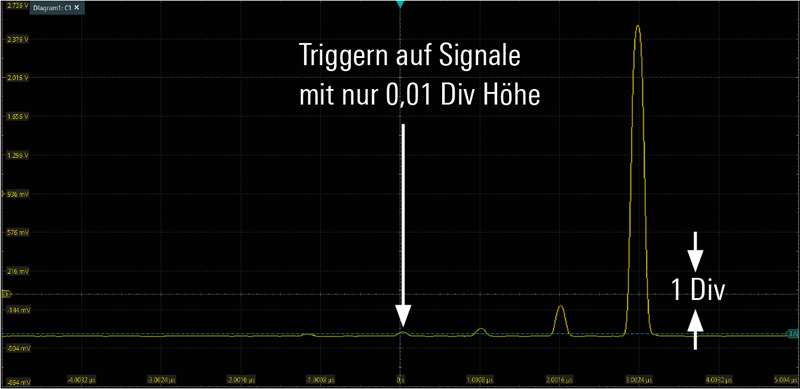
Fig 4: The R&S MXO 4 offers the industry’s most sensitive trigger of 1/10,000 vertical division
Full access to control all trigger hysteresis settings is another advantage with digital triggers. This provides greater flexibility for determining where to trigger, including how much trigger noise suppression is desired. All this while still maintaining a very short trigger rearm time of down to < 21 ns.
Superior RF measurement capability
Many engineers who develop products need to debug-in-test both in the time and frequency domain. The designers of the R&S MXO 4 were very cautious to keep spectrum analysis in mind to bring forward fast and powerful analysis capabilities. The instrument is the first oscilloscope ever to achieve 45 000 FFTs (Fast Fourier Transfers) per second, while comparable oscilloscopes deliver less than 10 FFTs per second. This allows capture of spurious spectrum events, especially when performing EMI debug, fast and easy (Fig 5).
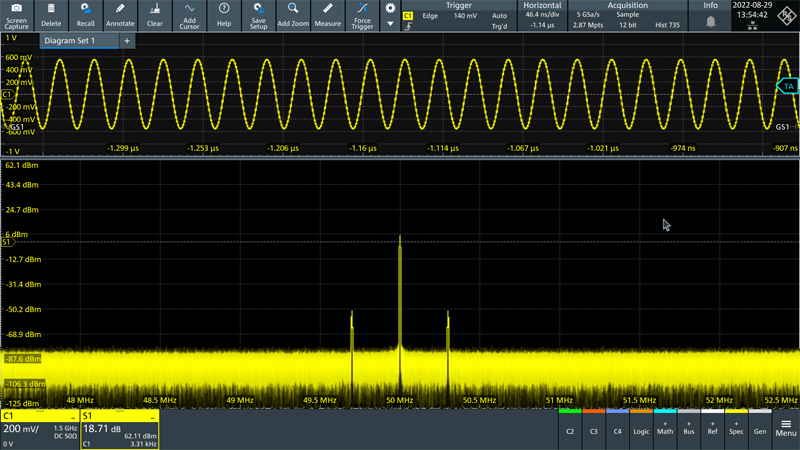
Fig 5: The R&S MXO 4 spectrum function offers the familiar interface of a spectrum analyzer
Configuring the spectrum function on the R&S MXO 4 has been made simple by entering common parameters such as center frequency, span or resolution bandwidth (RBW). These settings are independent of the time domain settings, however still time-correlated. A variety of additional functions and measurements are included to make it easier to plot and gain quick insights from the spectrum.
The pristine RF characteristics of the R&S MXO 4 balances great spectrum performance with the synchronized time domain view. This capability is included in the base instrument, allowing engineers better visibility of RF signals than with any other oscilloscope in its class.
Highly productive user experience
Using an oscilloscope is a visual experience and users spend significant time viewing the instrument’s display. The R&S MXO 4 Series incorporate a 13.3” full-HD capacitive touchscreen featuring gesture support and an intuitive user interface (UI).
Extensive user feedback and research into the smart device user interface concept led to the development of the R&S MXO 4 series UI. Maintaining close contacts with users and evaluating new usability techniques in mobile touch products outside test and measurement, led to a well-structured workflow that allows users to focus on the task at hand, rather than learning a new instrument. The user interface design was architected for a key user requirement to maximize waveform viewing, even when setting dialogs are open.
Its straightforward box design provides enhanced touch ability by allowing users to touch any part of the setting field to change a parameter. The larger touch targets make it easier to work effectively. Alternatively, a mouse and/or keyboard can be used for operation.
Efficiently organized toolbars give quick access to important and most used functions. The intuitive R&S SmartGrid, previously only available on higher performance oscilloscopes, lets users set an individual waveform layout to view all that is important.
Ready for many uses
The instrument’s small footprint, low audible noise less than a whisper, and VESA mounting and a rackmount kit for installation in integrated environments make the R&S MXO 4 oscilloscope ideal for any engineering workspace.
For users with more demanding needs, a number of upgrade options are available. These include 16 integrated digital channels with a mixed signal oscilloscope (MSO) option, an integrated dual channel 100 MHz arbitrary generator, protocol decode and triggering options for a variety of industry standard buses, and other options to extend the instrument’s capabilities.
No oscilloscope is complete without probes. The R&S MXO 4 supports an extensive portfolio of high-quality passive and active probes to address a wide range of measurement tasks. The portfolio of dedicated probes for power measure¬ments includes active and passive probes for the different voltage and current ranges – from μA to kA and from μV to kV. Dedicated power rail probes detect even small and sporadic distortions on DC power rails (Fig 6).
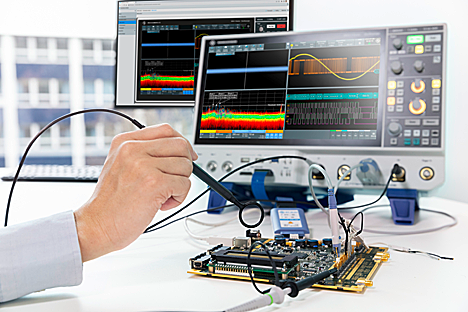
Fig 6: Accessories like near-field probes help with EMI debugging of embedded designs
The R&S MXO 4 oscilloscopes come in four-channel models with bandwidths of 200 MHz, 350 MHz, 500 MHz, 1 GHz, and 1.5 GHz. They have a starting price of 7,600 euros, many unparalleled functions and excel in both performance and value.
Milestones of Rohde & Schwarz oscilloscopes
In 2010, Rohde & Schwarz, known for its RF testing solutions expanded into the time domain with the launch of its first oscilloscopes. Time to look back at the biggest milestones by Rohde & Schwarz that changed the world of oscilloscopes:
|


